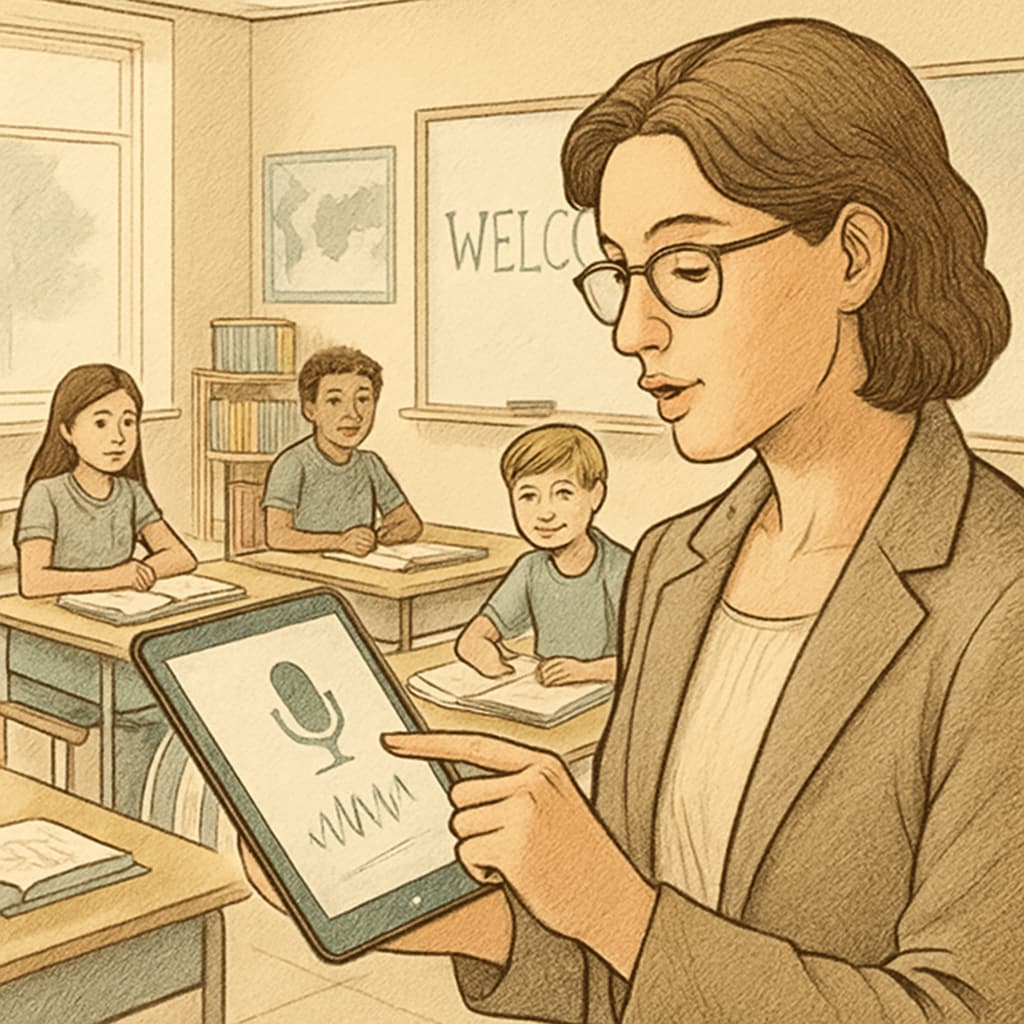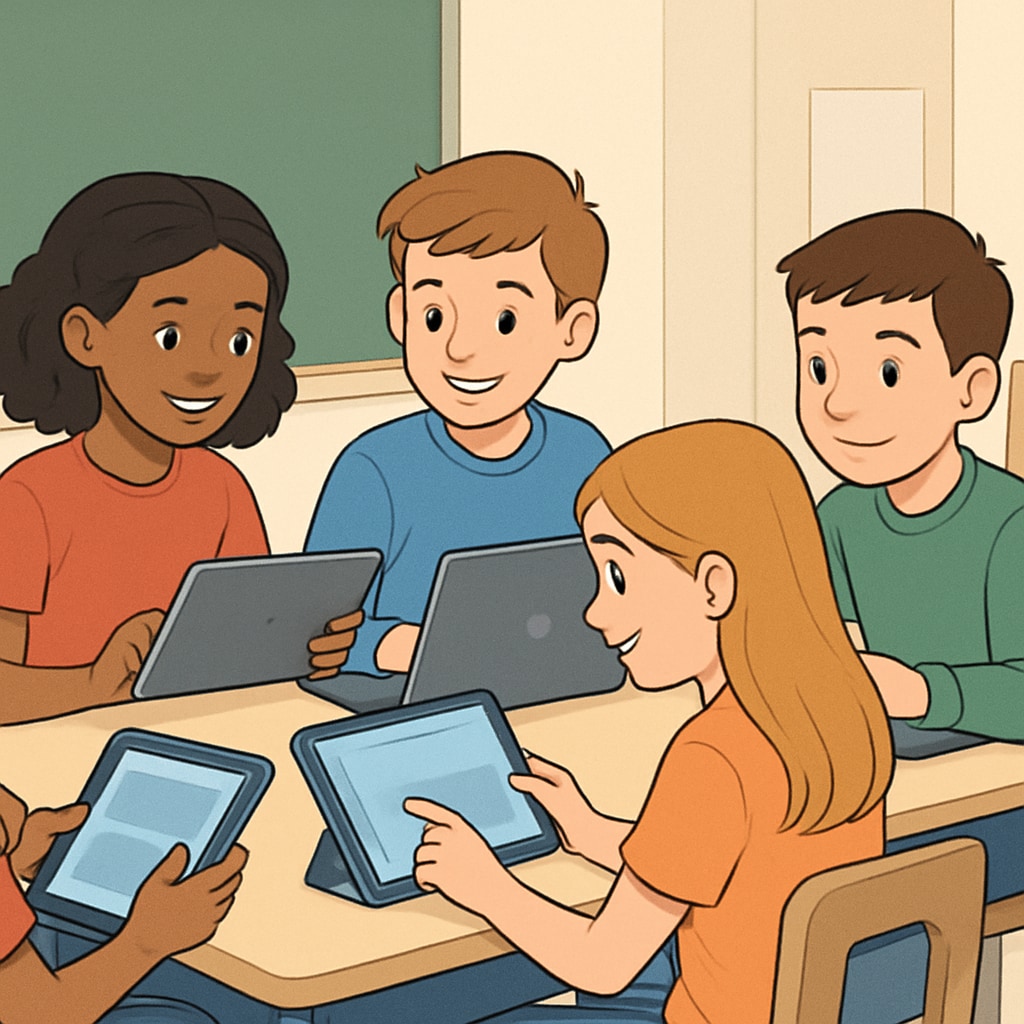In the modern classroom, technology plays a pivotal role in enhancing learning experiences and streamlining educational workflows. Among these advancements, voice-to-text technology has emerged as a game-changer. Tools like WillowVoice are empowering educators to simplify teaching feedback, boost education efficiency, and create dynamic interactions with students. By accurately recognizing complex educational terminology, WillowVoice is reshaping how teachers and students engage within K12 education.

How Voice-to-Text Technology Boosts Education Efficiency
Teaching is a demanding profession, with educators often juggling lesson planning, administrative tasks, and individualized student feedback. Voice-to-text technology eliminates much of the manual effort associated with note-taking and record-keeping. For instance, WillowVoice allows teachers to dictate feedback directly into their devices, transforming spoken words into detailed, accurate text in real time. This not only saves time but also ensures consistency and clarity.
Additionally, WillowVoice is designed to understand and process educational jargon, making it an ideal companion for complex subjects like science and mathematics. By automating repetitive tasks, teachers gain more time to focus on what truly matters—engaging with their students and tailoring lessons to meet diverse learning needs.
Enhancing Student Engagement Through Personalized Feedback
One of the key ways WillowVoice supports K12 education is by enhancing the quality and speed of personalized feedback. Immediate feedback is critical for student growth, as it helps learners address their mistakes and improve more efficiently. With WillowVoice, teachers can quickly provide detailed comments on assignments, tests, and projects without being bogged down by typing or handwriting.
For example, a teacher can verbally highlight areas where a student excels while simultaneously pointing out opportunities for improvement. WillowVoice transcribes these observations into written suggestions, which can then be shared digitally with students. This creates a seamless feedback loop, fostering a collaborative environment and encouraging students to take active roles in their learning.

Fostering Collaboration and Accessibility
In addition to enhancing feedback, voice-to-text tools like WillowVoice promote collaboration and accessibility. Students with disabilities or language barriers can particularly benefit from these tools. For instance, students with dyslexia may prefer listening to audio feedback rather than reading text, while non-native speakers might find transcriptions helpful for learning new vocabulary and improving comprehension.
Furthermore, voice-to-text technology supports group activities by enabling real-time transcription of discussions, brainstorming sessions, and interactive lessons. Transcripts can be saved, reviewed, and used as study materials, ensuring that no student is left behind. This inclusive approach ensures that every learner has the resources they need to succeed.
The Future of K12 Education with WillowVoice
As voice-to-text technology continues to evolve, its applications within education are bound to expand. WillowVoice is already setting a precedent by integrating advanced speech recognition with user-friendly interfaces tailored for classrooms. In the near future, we can expect even deeper integrations, such as AI-driven analytics that provide insights into student performance or adaptive learning systems that adjust based on real-time data.
By embracing tools like WillowVoice, educators and institutions can create a more efficient, inclusive, and engaging learning environment. The result is a win-win scenario: reduced workload for teachers and improved academic outcomes for students.
In conclusion, the transformative power of voice-to-text technology, as demonstrated by WillowVoice, is evident. By simplifying workflows, enhancing feedback, and fostering engagement, it is paving the way for a brighter, more connected future in K12 education.
Readability guidance: This article uses short paragraphs, active voice, and transition words to ensure clarity. Lists and examples are included to break down complex ideas. Images are suggested to visually complement the discussed concepts.


